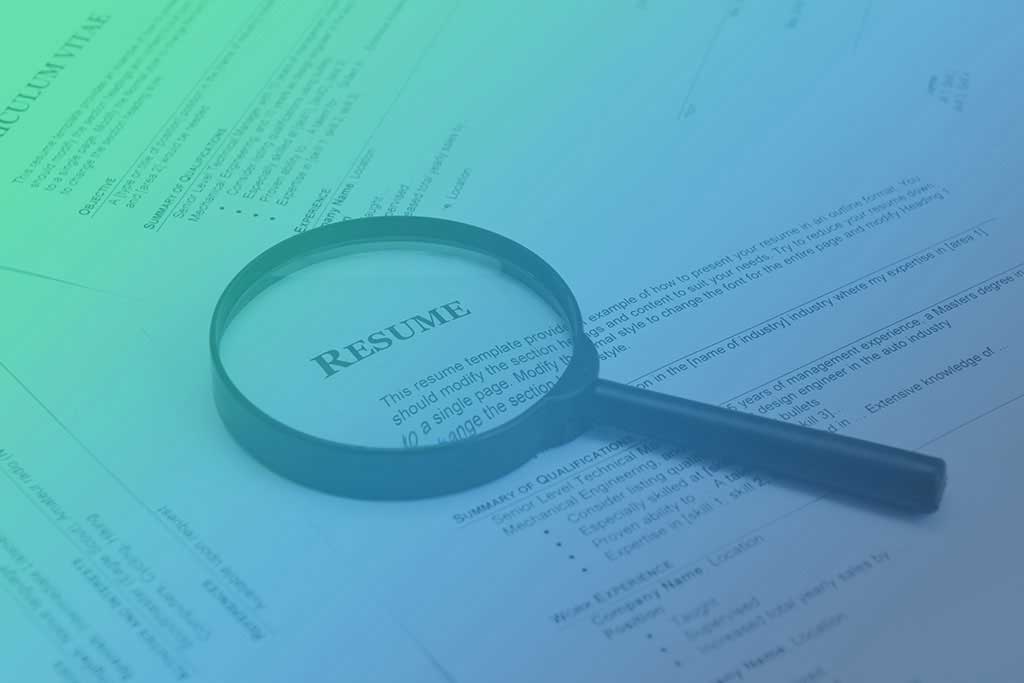Businesses are allowed by law to conduct drug and alcohol tests on their employees either as part of the hiring process or as part of ongoing efforts to maintain a safe, drug-free workplace. The following answers questions about when screening is done, how it is done, and what types of substances are screened for.
Table of Contents
When do Employers Conduct Drug and Alcohol Tests?
Employers may conduct pre-employment drug tests as part of the hiring process and hiring can be contingent upon passing the test. Some industries, such as the US department of transportation, require a clean drug screen before hiring.
Employers are also allowed by law in most states to conduct random screenings for current employees and fire employees for use of illegal substances. However, employers must be consistent in how they select employees for testing. No group can be singled out for testing or be considered exempt; if you’re going to have a random testing program, you need to be prepared to include everyone.
How do Employers Conduct Drug Tests?
The exact method employers choose for drug testing depends on the specific circumstances, but by far the most common method is using a urine sample. Urinalysis will show evidence of drug use even after the effects have worn off for about one week. These tests are easy to collect and inexpensive to run.
Beyond urine samples, employers have a number of other testing choices. Breathalyzers are fast and indicate current levels of intoxication. If there is reasonable suspicion that an employee is drunk, a breathalyzer will provide instant answers. Blood tests will also show current levels of drugs or alcohol in the system. A saliva test is simple to run and will show evidence of drug or alcohol use for the previous few hours up to about one to two days. Hair sample tests are the only tests that will show past use; a good hair sample can indicate whether drugs have been used within a 90-day window.
What Types of Substances are Screened For?
A standard 5-panel urinalysis screens for the presence of the following five substances:
- Marijuana and THC
- Cocaine
- PCP
- Amphetamines
- Opiates
Sometimes employers will opt to run a more comprehensive 10-panel test which screens for the following five additional substances:
- Barbiturates
- Benzodiazepines
- Methadone
- Methaqualone
- Propoxyphene
What You Need to Know
Employers are entitled to protect their workplace by establishing and enforcing drug and alcohol policies. If you are facing employee drug testing, communicate clearly to the lab about any and all medications you are taking and be sure to follow all their procedures carefully so you get a clean sample and a good test. Compliance is key to maintaining a safe workplace.





